PACINO'S WAY AT THE QUAD IN NY THIS MONTH
"IT'S AN OVERVIEW OF AN ACTING ARTIST FROM THE VILLAGE, REALLY," SAYS PACINO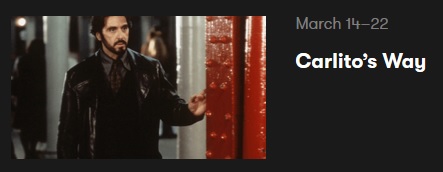 Carlito's Way
Carlito's Way and
Scarface are both part of the series "Pacino's Way," an
Al Pacino retrospective that begins this week at the
Quad Cinema in New York, and runs through the end of March. Pacino himself will be on hand March 28 for a discussion following a double feature of his
Salomé and
Wilde Salomé. Last week, Pacino spoke by phone with
Vulture's David Edelstein about the upcoming retrospective:
He is thrilled that “Pacino’s Way” was proposed by the folks at the Quad Cinema in the Village. On the phone from L.A. in three rambling, absolutely delightful hours, Pacino, now 77, effuses over the years (beginning at 16, when he dropped out of the High School of the Performing Arts) in which he roamed the neighborhood, sometimes homeless and sleeping on the stages of small theaters, moving from production to production, and meeting, in a bar at age 17, his mentor, the late Charlie Laughton (not the famous one), who brought him to the Herbert Berghof Studio. “I was just stunned by the fact that the Quad offered this to me,” he says. “I immediately crashed on when I was a kid down there. Sometimes you feel closer to what you were than you expected.”
The retrospective (it begins March 14) features most of the biggies: the first two Godfather films (he thinks the third was a mistake), Serpico, Dog Day Afternoon, Scarface, Scent of a Woman, Heat, as well as — surprisingly, at Pacino’s request — his most formidable bombs, Bobby Deerfield and Revolution.
Equally vital for him are the movies he directed, like the rarely seen Chinese Coffee (based on a play) and two relatively recent films in New York premieres: a spare, stylized version of Oscar Wilde’s Salomé he stars in with Jessica Chastain — he’d hoped the film would help launch her career but she did pretty well without it — and Wilde Salomé, a documentary about his relationship with the play. In it, he reveals the often-wayward process of putting together the earlier film and a concurrent L.A. stage production. The documentary isn’t as exhilarating as his 1996 free-form seminar, Looking for Richard, a kind of goofy master’s thesis on the Bard, the hunchbacked king, and the nature of his theatrical obsessions. But it’s full of enjoyably bizarre episodes, like the one in which Pacino throws a lavish cocktail party so that an unprepared, rather confused Chastain can improvise. Wilde Salomé illuminates the space where Pacino is happiest: the experimental theatrical milieu in which, 50 years ago, he found his voice.
Later in the article, Pacino discusses the gangster pictures that are included in the retrospective:
Here’s what Pacino wants you to take away from the retrospective, especially if you think he’s often the same in every role onscreen — if you always say, “Oh, that’s Al”: “It’s an overview of an acting artist from the Village, really,” he says, and suggests looking at his four gangsters, Michael Corleone, Tony Montana in Scarface, Carlito from Carlito’s Way, and Lefty Ruggiero in Donnie Brasco. They couldn’t be more different. Pacino’s Montana is huge and burns like a filament, a purposely two-dimensional character in a film that the director, Brian De Palma, called a “Brechtian opera” — and Pacino loves how Tony became a cultural icon, however cataclysmic the trajectory. Carlito, on the other hand, is a man who gets out of prison and wants to put his life in order — the opposite of Montana, who manufactures chaos. Lefty is a Mafia middleman, a second-rater striving to rise in the ranks but brought down by a surrogate son who turns out to be an undercover FBI agent. Sometimes, Pacino says, he goes overboard, sometimes underboard. “But as Lee Strasberg used to say, ‘Don’t do what you can do. Do what you can’t do. That’s how you learn.’ ”
I quote Michael Mann, who once compared Pacino to Pacino’s old Village pal Robert De Niro: De Niro “sees the part as a construction, working incredibly hard, detail by detail, bit by bit, building character … [Pacino is] more like Picasso, staring at an empty canvas for many hours in intense concentration. And then there’s a series of brushstrokes. And a piece of the character is alive.”
Pacino says, “Isn’t that great, to hear that? I’m so glad, because I remember hearing about Picasso, who stares for 12 hours at an empty canvas. So, I play around with stuff. When I find something, it’s a combination of doing it so much in my life … and also saying, ‘I don’t know anything about acting at all.’ ”
He’s still learning. In the space of a year, he has played a shocked, stricken Joe Paterno for Barry Levinson in HBO’s Paterno (premiering in April), which he says is more internal than most of his recent performances. From there, he jumped into the part of Jimmy Hoffa in The Irishman, working with De Niro (playing Hoffa’s close friend and likely killer) and, for the first time, Martin Scorsese. The film was shooting when Pacino signed up — Scorsese warned him it would be “a moving train” — which is not how he likes to work. But he trusted Scorsese and De Niro enough to hop aboard. Also, the budget of the film, produced by Netflix, is big and getting bigger, and the money will doubtless help to underwrite Pacino’s next theatrical experiments.
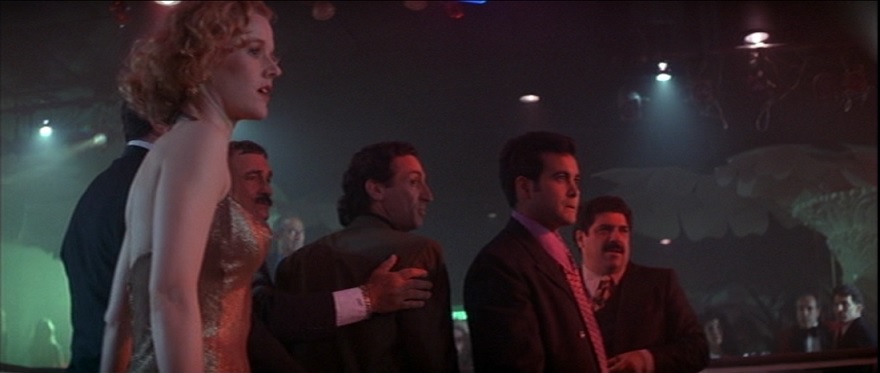




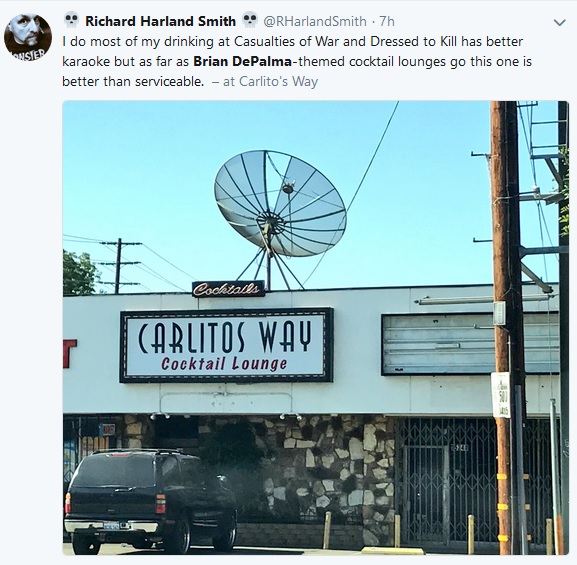


 Carlito's Way and Scarface are both part of the series "Pacino's Way," an Al Pacino retrospective that begins this week at the
Carlito's Way and Scarface are both part of the series "Pacino's Way," an Al Pacino retrospective that begins this week at the 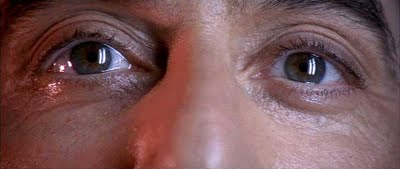 U.K. magazine
U.K. magazine 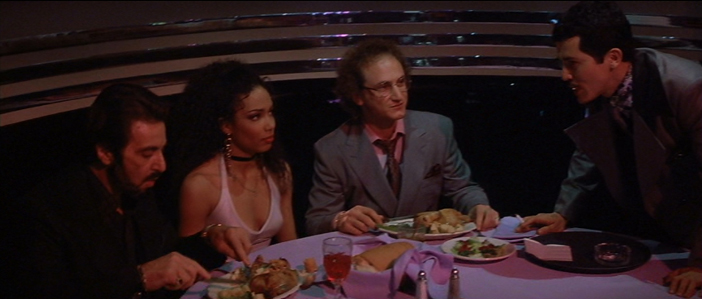

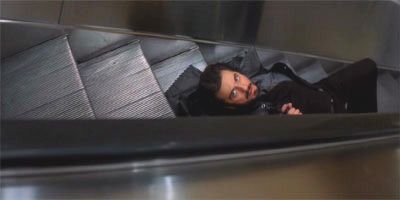 As
As  David Koepp was interviewed recently by
David Koepp was interviewed recently by